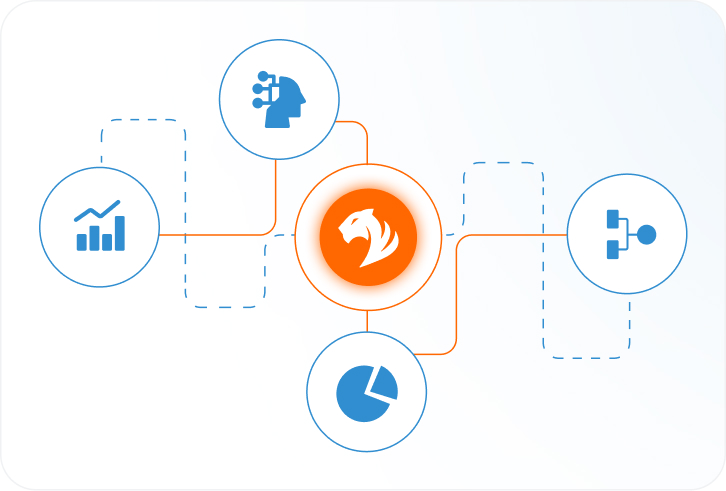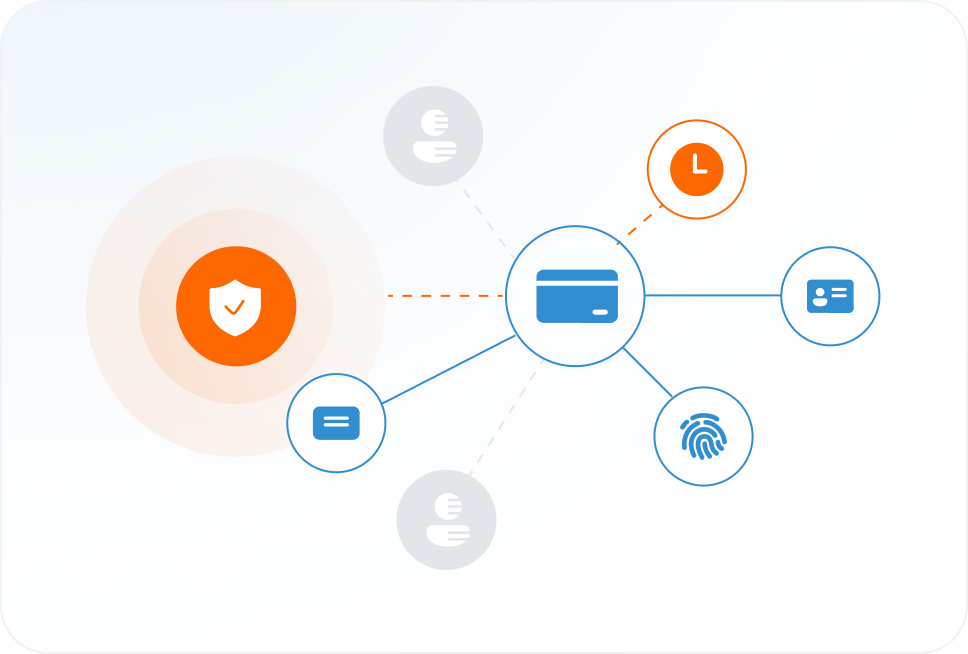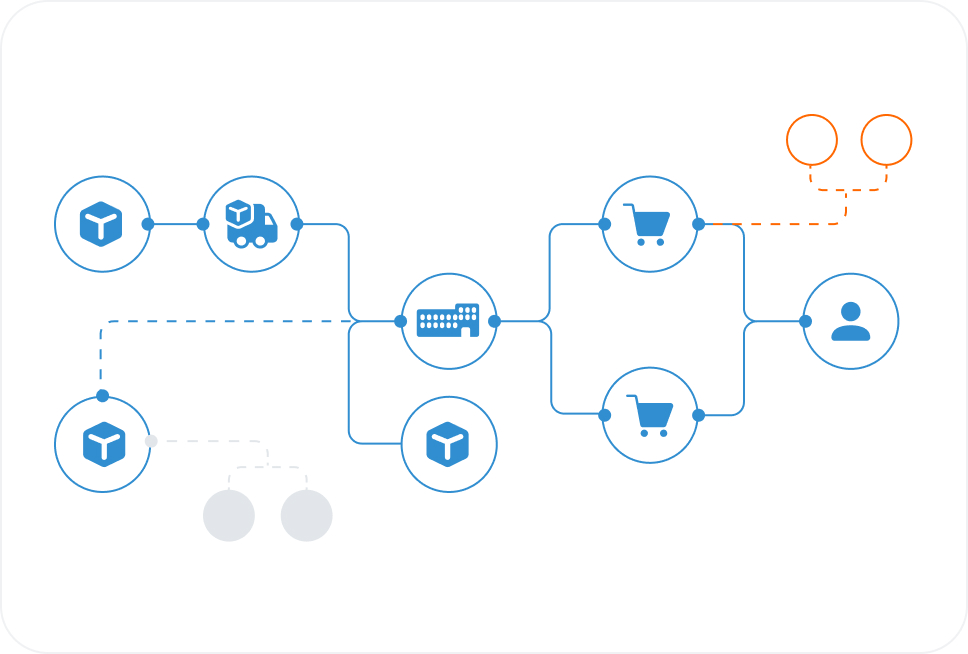

Transform Product and Service Marketing With TigerGraph
Portion of marketing budget wasted with poor strategy and tactics.
Cost of developing a new pharmaceutical drug.
Marketers who used influencer marketing found it effective.
Marketing Is Becoming Increasingly Expensive
Marketing a new product or service is becoming more complex every year, due to the proliferation of digital channels, shrinking attention span of consumers and the lack of trust in advertising messages. Some experts forecast that over 26% of the marketing budget is lost as a result of poor planning and focus.
Marketing to hubs of influence is an increasingly-effective strategy: 92% of the marketers who used influencer marketing found it effective. Influencer marketing shows up in all spheres of life, from buying a purse for your daughter because her favorite Instagram personality carries it, to switching to a new cholesterol or blood pressure management drug because your trusted cardiologist recommended it.
The main challenge for marketing teams is finding these hubs of influence, understanding the community attached to each hub and prioritizing the marketing activities to effectively launch the new product or service through the hubs.
Read More
Legacy Approaches Are Insufficient at Identifying Influencers
Finding influencers on social media is well understood and there are many tools that can identify the hubs, characterize the communities or audience attached to each hub and rate the relative value of each community for marketing purposes.
For complex products such as new pharmaceutical drugs, equipment, or healthcare treatments, identifying hubs of influencers among physicians and other healthcare providers requires deep analysis of patient claims data to uncover referral relationships. Analytics systems built on relational databases require expensive joins among large tables containing prescriber, claims and patient data – it can take hours, sometimes days to complete the database joins and that makes traditional analytics solutions unsuitable for this type of analysis.
Read More

Database for Product + Service Marketing?
Graph Analytics Can Uncover Referral Relationships
Uncovering referral relationships is a lot easier with TigerGraph. Consider the example, where Dr. Douglas Thomas, a general practitioner sees a patient, p1003 on September 8, 2017, for shortness of breath, resulting in the claim c10005. The same patient, p1003 sees Dr. Helen Su, an interventional cardiologist (surgeon) on September 20 for cardiac catheterization (claim c10030) and again on September 23 for the angioplasty operation (claim c10031).
TigerGraph displays all of these claims connected to patients and prescribers in GraphStudio, enabling data analysts to understand the relationship intuitively. TigerGraph also links them based on a time window to deduce referral relationships. In this example, the claims occurring within four weeks are considered for establishing a referral relationship. It takes four hops or steps for traversing from the referring physician, Dr. Douglas Thomas to the referred physician, Dr. Helen Su via relevant claims identifying three common patients, p1003, p1004 and p1005 over the month of August and September. A referral edge or relationship is established between Dr. Douglas Thomas and Dr. Helen Su and the relationship edge carries important information such as the number of patients referred, healthcare condition groups related to the referred patients. The prescription claim data can be added in, to provide specific drugs for cardiac care that are frequently prescribed by both physicians.
Armed with these insights, pharmaceutical companies producing the cardiac care medication and the medical equipment manufacturers producing stents and other products for the cardiac surgery can market those products to Dr. Douglas Thomas and his referral network including Dr. Helen Su in the San Jose area.
Read More
Graph Analytics Can Find Influencers
Uncovering referral relationships is a lot easier with TigerGraph. Consider the example, where Dr. Douglas Thomas, a general practitioner sees a patient, p1003 on September 8, 2017, for shortness of breath, resulting in the claim c10005. The same patient, p1003 sees Dr. Helen Su, an interventional cardiologist (surgeon) on September 20 for cardiac catheterization (claim c10030) and again on September 23 for the angioplasty operation (claim c10031).
TigerGraph displays all of these claims connected to patients and prescribers in GraphStudio, enabling data analysts to understand the relationship intuitively. TigerGraph also links them based on a time window to deduce referral relationships. In this example, the claims occurring within four weeks are considered for establishing a referral relationship. It takes four hops or steps for traversing from the referring physician, Dr. Douglas Thomas to the referred physician, Dr. Helen Su via relevant claims identifying three common patients, p1003, p1004 and p1005 over the month of August and September. A referral edge or relationship is established between Dr. Douglas Thomas and Dr. Helen Su and the relationship edge carries important information such as the number of patients referred, healthcare condition groups related to the referred patients. The prescription claim data can be added in, to provide specific drugs for cardiac care that are frequently prescribed by both physicians.
Armed with these insights, pharmaceutical companies producing the cardiac care medication and the medical equipment manufacturers producing stents and other products for the cardiac surgery can market those products to Dr. Douglas Thomas and his referral network including Dr. Helen Su in the San Jose area.
Read More
Graph Analytics Can Detect Communities
The final step, after identifying and ranking the hubs for their influence with PageRank, is to identify the community around each hub and evaluate the market opportunity to determine the relative importance of each community. TigerGraph’s library of graph algorithms includes the community detection algorithm to identify communities around each hub.
Consider the example where there are three communities of connected prescribers and patients identified for East San Jose for treating cardiovascular disease and providing preventive care with medicines to manage hypertension. Community id 70163044 is for Dr Douglas Thomas, Dr Don Kirk, and their referral physician network and their patients. TigerGraph’s query language, GSQL, is used to aggregate spending across all claims for the community that is related to the cardiovascular disease, along with insurance payouts as well as the out of pocket cost for patients. Total spend along with insurance payouts and out of pocket cost is calculated for the hypertension medication prescriptions.
Armed with these insights, pharmaceutical companies producing the hypertension medication and the medical equipment manufacturers producing stents and other products for the cardiac surgery can prioritize visits to the most influential hubs in communities with the maximum spend on those products or services in the east San Jose healthcare market.
This delivers the new innovations in medicine as well as healthcare instruments and procedures to the community that is likely to benefit most from it while delivering maximum revenue uplift for the producers of these products and services.
Read More
